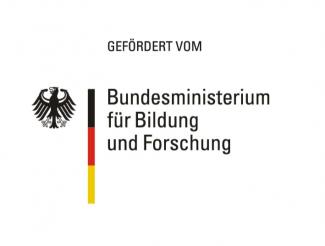The DecS project pursues the vision of removing organic micropollutants, which are discharged into water bodies in particular via the municipal wastewater system, from wastewater streams in the most targeted manner possible and to relieve the necessary use of resources. Currently, the elimination processes of the installed technologies for advanced wastewater treatment with processes of ozonation or activated carbon adsorption are assessed exclusively via discontinuous inputoutput considerations. The surrogate measurement of the spectral absorption coefficient at a wavelength of 254 nm, which is used in some cases, can provide continuous information on residual organics. However, it is generally not yet used to specifically influence the dynamic processes. Within the framework of DecS, continuously recorded measurement data are to be intelligently processed and networked with the model
systems to be further developed. The SIMBA# water simulation system serves as the starting point for the necessary model developments, since unlike other systems, SIMBA# water can also realistically model automation technology.
Important questions in the context of DecS relate to the pending conception of user-oriented data processing and the desired networking with a digital model image. Furthermore, DecS explores the real sustainability potentials of digitalised trace substance elimination and answers general questions on simulation-supported process optimisation in water management plants. The feasibility of large-scale implementation will be tested in digital real laboratories of the Lippeverbands (EGLV). The digital real laboratories serve as temporally and spatially limited test rooms. Here, concrete experience in the interaction of the digital instruments is to be gathered in the sense of a proof of concept.





